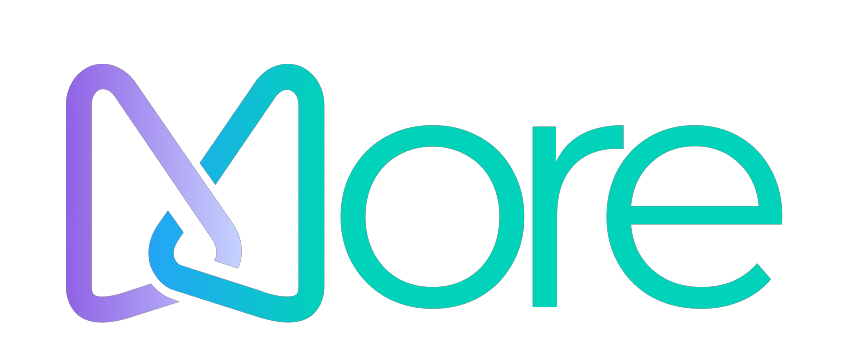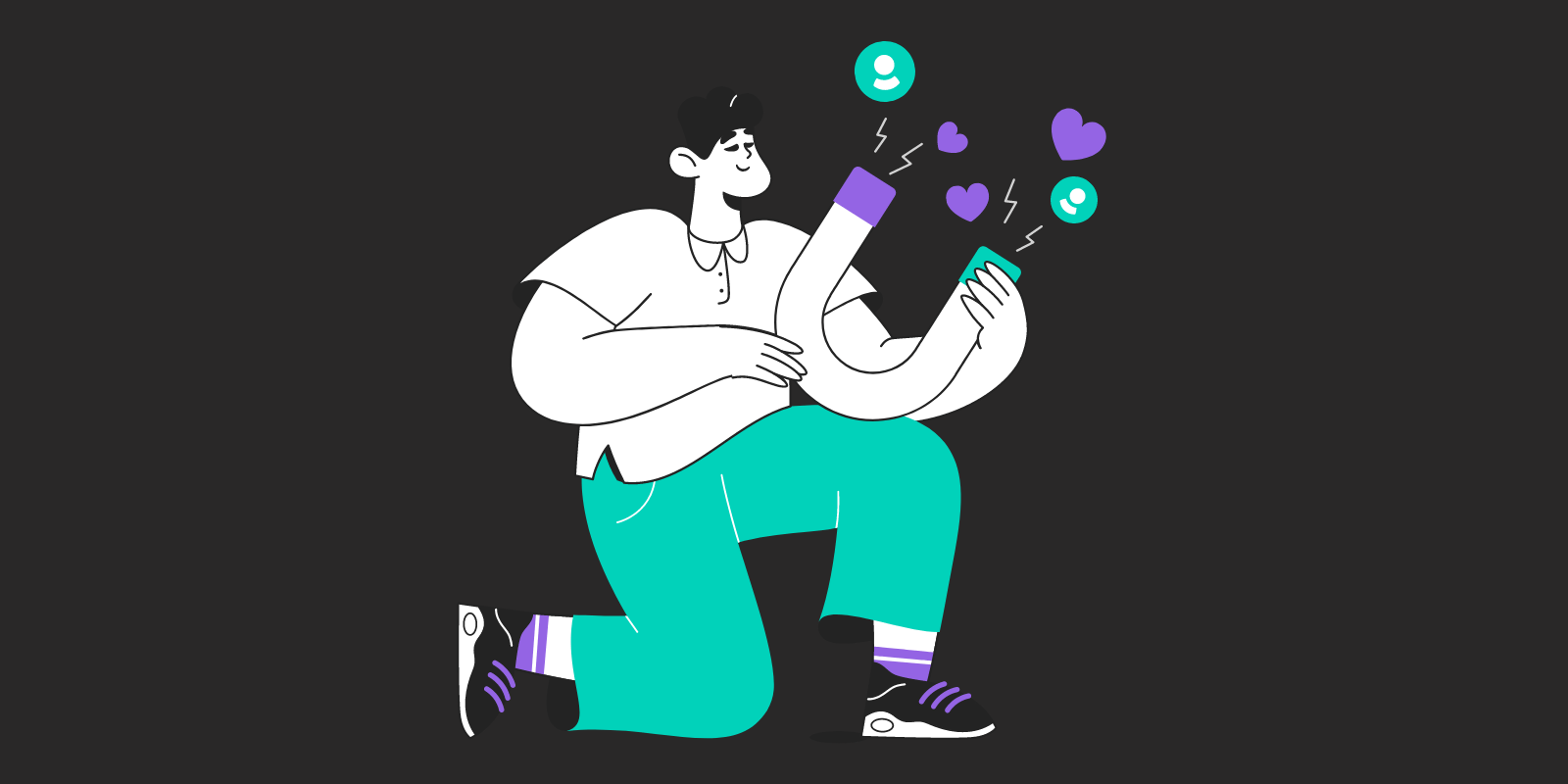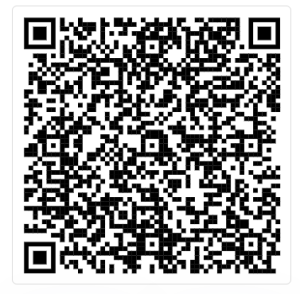Introducere
As organizations strive to improve employee engagement, productivity, and retention, gamification in HR has emerged as a game-changing strategy. By incorporating game mechanics into human resources processes, companies can make routine tasks more engaging and drive meaningful behavioral changes across their workforce.
In this article, we’ll explore how gamification is reshaping HR practices, from recruitment to training and performance management.
What Is Gamification in HR?
Gamification involves applying game elements like rewards, leaderboards, challenges, and badges to non-game activities. In HR, it’s used to make processes such as recruitment, onboarding, training, and performance management more engaging and effective.
Instead of treating HR processes as administrative tasks, gamification turns them into interactive, enjoyable experiences that motivate employees to actively participate.
Why Gamification in HR Matters
The traditional approach to HR tasks, such as compliance training or annual performance reviews, often struggles to engage employees. Research shows that 70% of employees feel disengaged at work (Gallup). By gamifying HR processes, companies can:
- Boost employee motivation.
- Increase participation in training and development programs.
- Enhance productivity by encouraging healthy competition and goal-setting.
- Strengthen workplace culture through interactive and rewarding initiatives.
For additional insights into gamification’s workplace benefits, see Forbes’ article on the role of gamification in employee engagement.
Applications of Gamification in HR
1. Gamified Recruitment and Onboarding
Recruitment and onboarding are the first steps in engaging employees. Gamification can make these processes smoother and more enjoyable.
- Recruitment: Companies can gamify the recruitment process by introducing challenges, puzzles, or coding tests for candidates, ensuring the hiring process is both fun and skills-based.
- Onboarding: Gamified onboarding programs provide new hires with milestones, interactive learning modules, and rewards for completing tasks, helping them feel comfortable in their roles faster.
2. Employee Training and Development
Training programs often struggle to keep employees engaged. Gamification transforms traditional training into an interactive experience.
- Quizzes and Challenges: Incorporate quizzes and role-playing scenarios with instant feedback and rewards to make training fun and memorable.
- Progress Tracking: Employees can track their progress, earn badges for completing modules, and compete with colleagues on leaderboards.
Research from eLearning Industry highlights how gamification increases learning retention and motivation.
3. Performance Management
Gamification makes performance reviews more engaging and transparent.
- Real-Time Feedback: Employees receive immediate feedback through gamified performance management tools, helping them understand where they stand.
- Recognition and Rewards: Gamification recognizes top performers with badges, awards, and other incentives, driving friendly competition.
For more details on the potential of gamified performance management, visit CIO’s article on how companies use gamification to improve employee engagement.
4. Employee Wellness Programs
Gamification can encourage participation in workplace wellness programs, such as fitness challenges or mindfulness activities.
- Fitness Goals: Employees can compete to achieve fitness milestones, earning points and rewards for steps taken or calories burned.
- Mindfulness Initiatives: Apps that gamify mindfulness and meditation can help reduce stress and improve employee well-being.
Real-Life Example: Using More Gamification in HR
More Gamification is a platform designed to make HR processes interactive and rewarding. Here’s how it works:
- Pulse Surveys: Employees receive gamified surveys to share feedback about their experiences. Completing surveys earns them points, which can be redeemed for perks.
- Training Gamification: More Gamification’s platform transforms compliance training into an engaging activity, with progress tracking, quizzes, and leaderboards.
- Performance Metrics: The app provides real-time performance tracking, offering employees insights into their achievements and areas for improvement.
To see how gamification can address user resistance and improve engagement, check out our guide on how gamification enhances user adoption.
Benefits of Gamification in HR
Implementing gamification in HR provides several measurable benefits, including:
- Higher Engagement Rates: Employees are more likely to participate in HR initiatives when they’re interactive and rewarding.
- Better Learning Outcomes: Gamified training improves knowledge retention and skills development.
- Improved Collaboration: Leaderboards and team challenges encourage employees to work together.
- Increased Retention: A workplace culture that fosters engagement and rewards motivates employees to stay longer.
Challenges of Gamification in HR
While gamification offers many benefits, it’s not without its challenges:
- Overemphasis on Competition: Excessive focus on leaderboards can lead to unhealthy competition if not balanced with collaborative activities.
- Initial Implementation Costs: Setting up gamification platforms can require an upfront investment.
- Customization Needs: Gamification must align with company goals and employee preferences to be effective.
Concluzie
Gamification in HR is transforming the way companies engage with employees, making HR processes more interactive, enjoyable, and productive. From recruitment to performance management, gamification fosters motivation, collaboration, and retention while addressing the disengagement challenges many organizations face.
By implementing tools like More Gamification, companies can take their HR initiatives to the next level, creating a workplace culture that is both engaging and rewarding. Give it a try here!
Ready to unlock the potential of gamification in your HR practices? Start today and see the difference it can make in employee engagement and performance.


